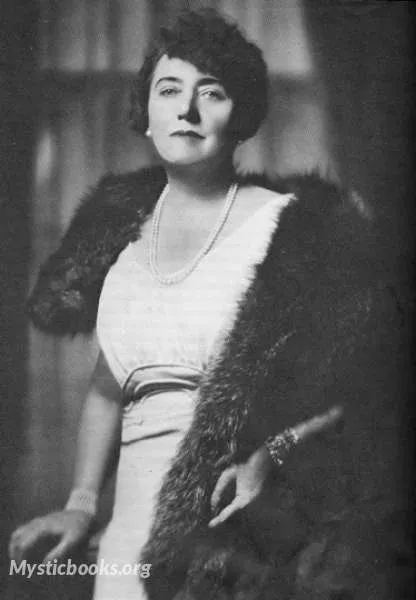
Timeline
Title
Country/Nationality
Mary Roberts Rinehart
Mary Roberts Rinehart was an American writer, often called the American Agatha Christie, although her first mystery novel was published 12 years before Christie's first novel in 1920.
Rinehart is considered the source of the phrase "The butler did it" from her novel The Door (1930), although the novel does not use the exact phrase. Rinehart is also considered to have invented the "Had-I-but-Known" school of mystery writing, with the publication of The Circular Staircase (1908).
Rinehart wrote hundreds of short stories, poems, travelogues and articles. Many of her books and plays were adapted for movies, such as The Bat (1926), The Bat Whispers (1930), Miss Pinkerton (1932), and The Bat (1959 remake). The novel The Circular Staircase was first adapted to the screen as a silent film in 1915, and later as an episode in the TV show Climax! in 1956. In 1933 RCA Victor released The Bat as one of the early talking book recordings. She co-wrote the 1920 play The Bat which was later adapted into the 1930 film The Bat Whispers. The latter influenced Bob Kane in the creation of Batman's iconography.
Rinehart was born Mary Ella Roberts in Allegheny City, Pennsylvania, now a part of Pittsburgh. A sister, Olive Louise, four years Mary's junior, would later gain recognition as an author of children's books and nationally syndicated newspaper columnist. Her father was a frustrated inventor, and throughout her childhood, the family often had financial problems. Her father committed suicide when Mary was 19 years old. Left-handed at a time when that was considered inappropriate, she was trained to use her right hand instead.
She attended public schools and graduated at age 16, then enrolled at the Pittsburgh Training School for Nurses at Pittsburgh Homeopathic Hospital, where she graduated in 1896. She described the experience as "all the tragedy of the world under one roof." After graduation, she married Stanley Marshall Rinehart (1867–1932), a physician she had met there. They had three sons: Stanley Jr., Alan, and Frederick.
During the stock market crash of 1903, the couple lost their savings, spurring Rinehart's efforts at writing as a way to earn income. She was 27 that year, and produced 45 short stories. In 1907, she wrote The Circular Staircase, the novel that propelled her to national fame. According to her obituary in the Pittsburgh Post-Gazette in 1958, the book sold 1.25 million copies. Her regular contributions to The Saturday Evening Post were immensely popular and helped the magazine mold American middle-class taste and manners.
In 1911, after the publication of five successful books and two plays, the Rineharts moved to Glen Osborne, Pennsylvania, where they purchased a large home at the corner of Orchard and Linden Streets called "Cassella." Before they moved into the house, however, Mrs. Rinehart had to have the house completely rebuilt because it had fallen into disrepair. "The venture was mine, and I had put every dollar I possessed into the purchase. All week long I wrote wildly to meet the payroll and contractor costs." she wrote in her autobiography. In 1925, the Rineharts sold the house to the Marks family and the house was demolished in 1969. Today, a Mary Roberts Rinehart Nature Park sits in the borough of Glen Osborne at 1414 Beaver Street, Sewickley, Pennsylvania.
Rinehart's commercial success sometimes conflicted with her domestic roles of wife and mother, yet she often pursued adventure, including a job as a war correspondent for The Saturday Evening Post at the Belgian front during World War I. During her time in Belgium, she interviewed Albert I of Belgium, Winston Churchill and Mary of Teck, writing of the latter "This afternoon I am to be presented to the queen of England. I am to curtsey and to say 'Your majesty,' the first time!" Rinehart was working in Europe in 1918 to report on developments to the War Department and was in Paris when the armistice was signed.
In 1922, the family moved to Washington, DC, when Dr. Rinehart was appointed to a post in the Veterans Administration. She was a member of the Literary Society of Washington from 1932 to 1936. Her husband died in 1932, but she continued to live in Washington until 1935, when she moved to New York City. There she helped her sons found the publishing house Farrar & Rinehart, serving as its director.
She also maintained a vacation home in Bar Harbor, Maine. In 1947, a Filipino chef who had worked for her for 25 years fired a gun at her and then attempted to slash her with knives until other servants rescued her. The chef committed suicide in his cell the next day.
Rinehart suffered from breast cancer, which led to a radical mastectomy. She eventually went public with her story, at a time when such matters were not openly discussed. The interview "I Had Cancer" was published in a 1947 issue of the Ladies' Home Journal; in it, Rinehart encouraged women to have breast examinations.
Rinehart received a Mystery Writers of America special award a year after she published her last novel, and an honorary doctorate in literature from George Washington University.
On November 9, 1956, Rinehart appeared on the interview program Person to Person. She died at age 82 at her apartment at 630 Park Avenue in New York City.
Books by Mary Roberts Rinehart
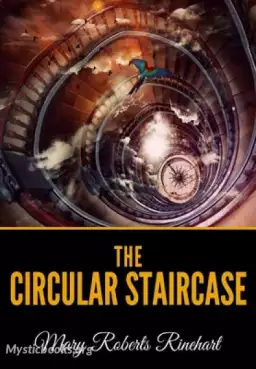
The Circular Staircase
The Circular Staircase is a mystery novel by American writer Mary Roberts Rinehart. The story follows dowager Rachel Innes as she thwarts a series of strange crimes at a summer house she has rented with her niece and nephew. The novel was Rinehart's...
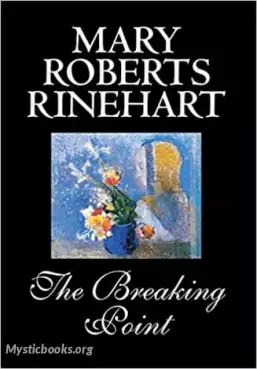
The Breaking Point
The Breaking Point was a 1923 Broadway three-act drama written by Mary Roberts Rinehart, produced by Wagenhals and Collin Kemper and staged by Kemper. The play ran for 68 performances from August 16, 1923 to October 1923 at the Klaw Theatre, and...
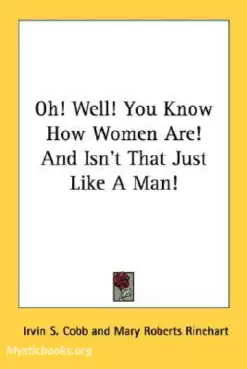
Oh, Well, You Know How Women Are and Isn't That Just Like a Man!
First Cobb talks about women and their annoying habits, such as talking in building entrances, not having their fare ready on the streetcar, getting off those streetcars backwards, things like that. He also rants a bit about what will happen when wom...
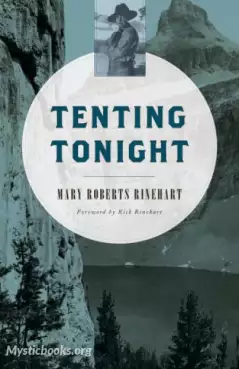
Tenting Tonight: A Chronicle Of Sport And Adventure In Glacier Park And The Cascade Mountains
Rinehart was part of a large group of family and friends exploring the western part of the park. Her husband (known here as The Head), her three sons, various friends, a photographer, and thirty-one horses all going where very few people had been bef...
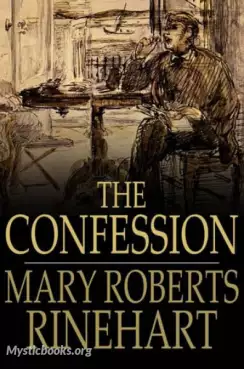
The Confession
Mary Roberts Rinehart is claimed to have invented the "Had I but known" mystery genre. When Agnes Blakiston rented the old parsonage at Miss Emily's request she soon came to regret it.
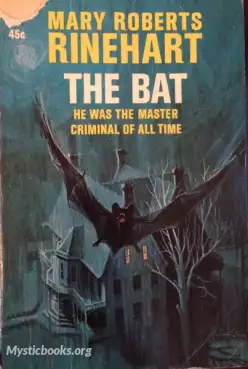
The Bat
The story combines elements of mystery and comedy as Cornelia Van Gorder and guests spend a stormy night at her rented summer home, searching for stolen money they believe is hidden in the house, while they are stalked by a masked criminal known as "...
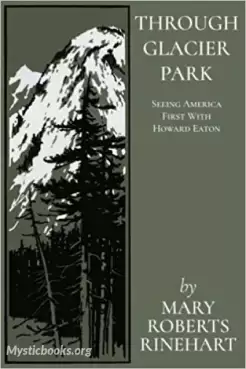
Through Glacier Park: Seeing America First With Howard Eaton
This is the first of two travelogues published by Mary Roberts Rinehart (1876-1958). Both deal with Glacier National Park. (The other is entitled Tenting To-night, which also deals with the Cascade Mountains.). Rinehart wrote hundreds of short storie...
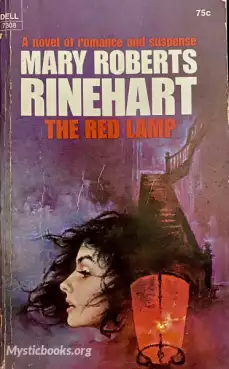
The Red Lamp
The Red Lamp is a fascinating mystery about a haunted house. William A. Porter, professor of English, inherits a large seaside house from his Uncle Horace. He is not fully satisfied with the explanation of his uncle's death. He moves to the lodge for...
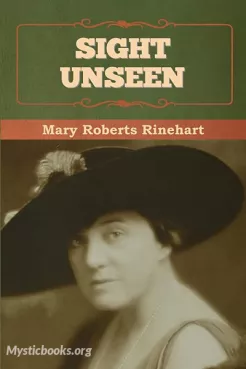
Sight Unseen
It is a thrilling mystery novel that follows the story of a young woman named Judith and her fiancé as they investigate a series of strange occurrences in a seemingly idyllic small town. Written by the prolific American author in 1921, this novel is...
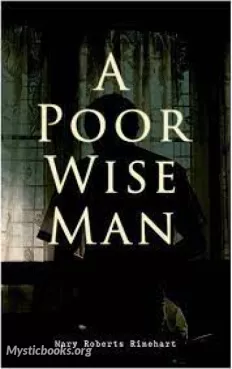
A Poor Wise Man
A Poor Wise Man is a timeless classic that takes readers on a captivating journey through the challenges of life, the pursuit of justice, and the power of wisdom. Originally published in 1920, this gripping novel continues to resonate with readers to...
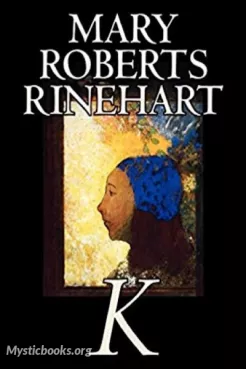
K.
This is a compelling mystery novel written in June 1915. Set in the bustling city of New York, the story follows the lives of several characters who find themselves entangled in a web of secrets, deception, and murder. Amidst the backdrop of a lavis...

The After House
Ralph Leslie is a young steward on board a millionaire's yacht. He thinks he has a dream job, but when a series of murders turns the yacht into a nightmare, Ralph must use all his wits to stay alive and uncover the truth. The first victim is a woman...
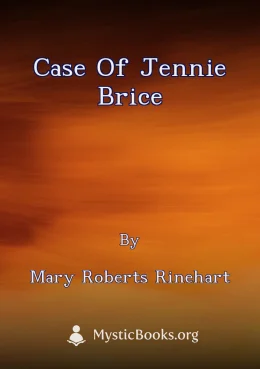
Case of Jennie Brice
The flood brings in not only the muddy waters but a series of suspicious clues that convinced Mrs. Pitman, a boarding house keeper, that a murder has been committed at her boarding house. Jennifer Ladley aka Jennie Brice is missing and with the help...
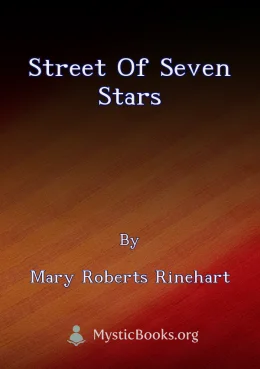
Street of Seven Stars
An innocent American violinist, Harmony Wells, travels to Vienna to pursue her musical dreams. She meets Peter Byrne, an American doctor also chasing his aspirations in the city. As they navigate the challenges of life in Vienna, they must decide how...
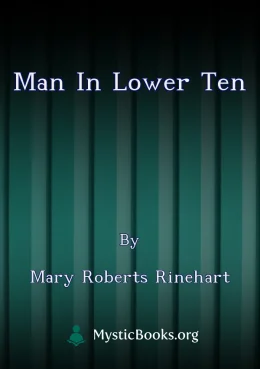
Man in Lower Ten
Lawrence Blakeley, a lawyer, finds himself thrust into a web of intrigue when he's forced to travel to Pittsburgh to investigate forged bank notes. During his journey, a fellow passenger is murdered, and Blakeley, whose belongings have been stolen, b...
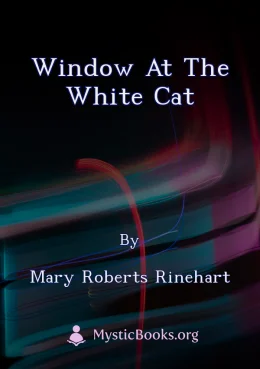
Window at the White Cat
In 'Window at the White Cat,' Mary Roberts Rinehart crafts a captivating tale of intrigue and suspense centered around a peculiar political club known as The White Cat. A well-meaning lawyer finds himself entangled in a web of secrets and danger when...
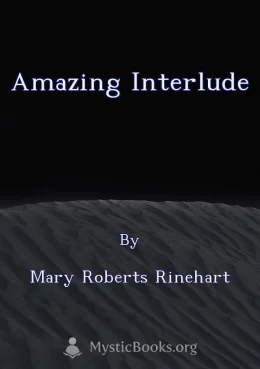
Amazing Interlude
‘Amazing Interlude’ is a captivating tale that unfolds during the early days of World War I. It follows the journey of Sara Lee, a young woman whose peaceful life is abruptly transformed when she finds herself transported to a magical forest filled w...
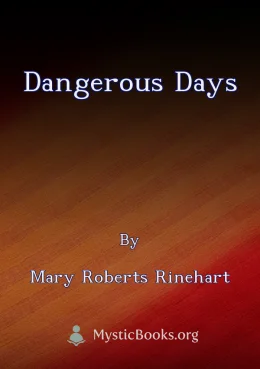
Dangerous Days
Dangerous Days is a novel set against the backdrop of World War I, exploring the impact of the conflict on a wealthy American family. Clayton Spencer, a successful industrialist, faces threats to his business and personal life. He grapples with anarc...
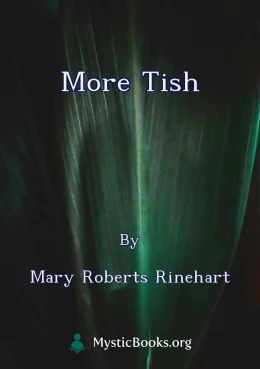
More Tish
This book, the third in the series, follows the escapades of Letitia Carberry and her elderly lady friends as they navigate their golden years with humor and adventure. The stories are full of wit, charm, and a heartwarming exploration of the bonds o...

Tish: The Chronicle of Her Escapades and Excursions
The book follows the adventures of three middle-aged women as they embark on a road trip across the United States. The women, Tish, Aggie, and Lizzie, are all looking for a change of pace in their lives and decide to take a cross-country road trip to...

When a Man Marries
In 'When a Man Marries,' a charming but financially dependent playboy named Lawrence decides to host a dinner party, inviting a group of friends and acquaintances. He’s pressured to bring a “wife” to appease his wealthy, overbearing aunt, who financi...
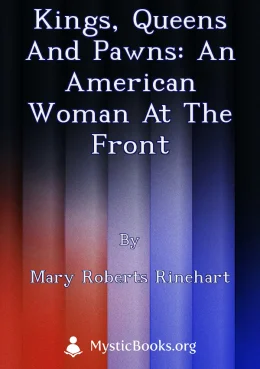
Kings, Queens and Pawns: An American Woman at the Front
This book is a personal account of the American author's visit to Europe in January 1915 while a war correspondent in Belgium for The Saturday Evening Post. She writes: "War is not two great armies meeting in a clash and frenzy of battle. It is much...
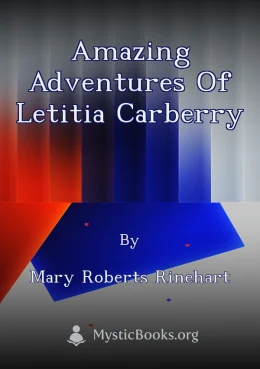
Amazing Adventures of Letitia Carberry
The 'Amazing Adventures of Letitia Carberry' follows the escapades of Letitia and her two friends, Aggie and Lizzie, as they navigate a world filled with unexpected twists and turns. From a murder at a hospital to the reuniting of lovers, their journ...
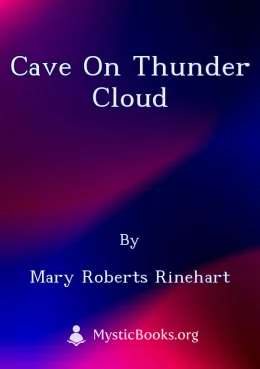
Cave On Thunder Cloud
Tish Carberry, a reluctant camper, finds herself on a wilderness trip with her two best friends, Aggie and Lizzie. Their idyllic escape turns perilous when they encounter outlaws on the run from a recent train heist. The friends must use their wits...
Showing 1 to 24 of 25 results